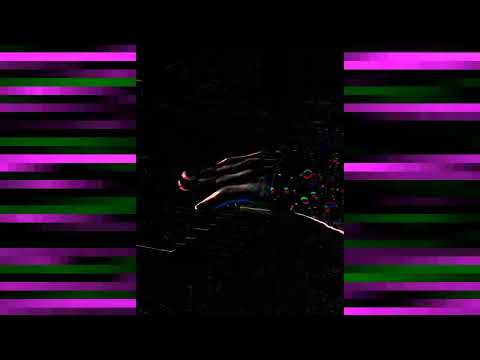You probably don’t need to boost the signal, because you get more or less the same result after compressor when you lower threshold and increase makeup gain.
I was thinking, another (a bit less common) approach for writing compressors is to use analytic signal from Hilbert transform to get signal magnitude. That means taking a real signal and sending it to 2 chains of allpass filters that produce complex signal in quadrature. The advantage here is that for a complex value we can get magnitude at any moment (at the cost of some fixed delay added during Hilbert transform).
This patch is already working with data in 2D, so maybe it could be possible to treat it as complex values and use magnitudes from the blurred texture? You might think that it’s similar to looking at RMS from a single axis, but instead of having to obtain average over multiple samples we would be able to use a momentary value.



 That said, I usually add a channel of feedback or two to any attempt of making complex VCO.
That said, I usually add a channel of feedback or two to any attempt of making complex VCO.